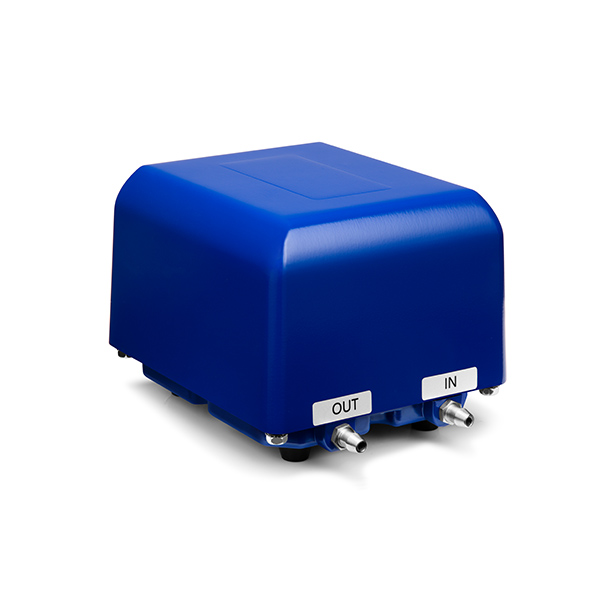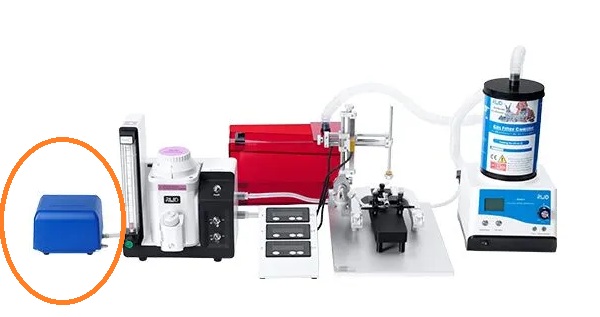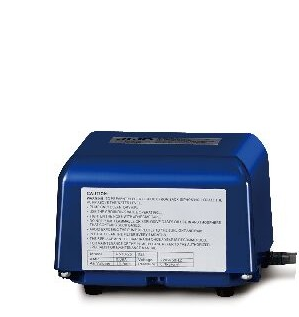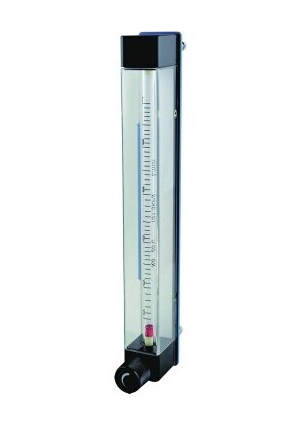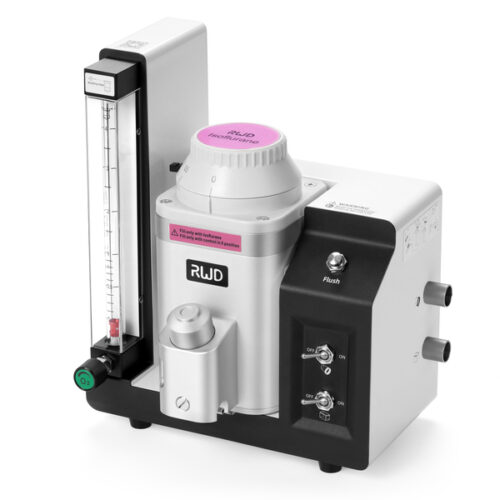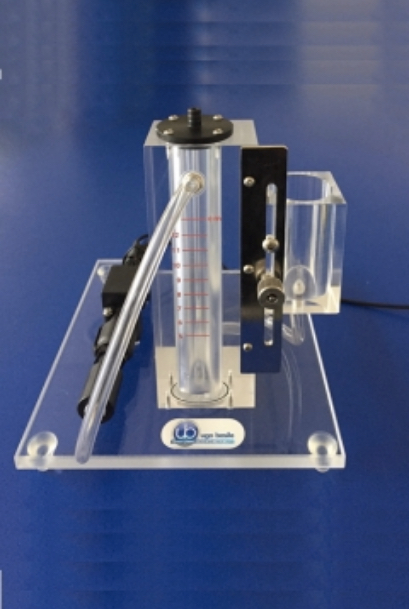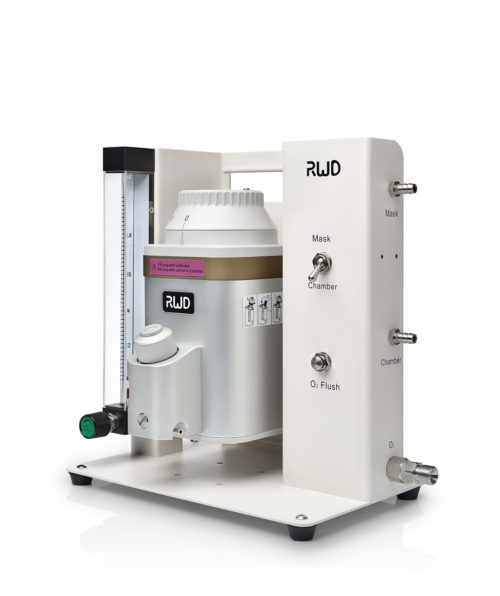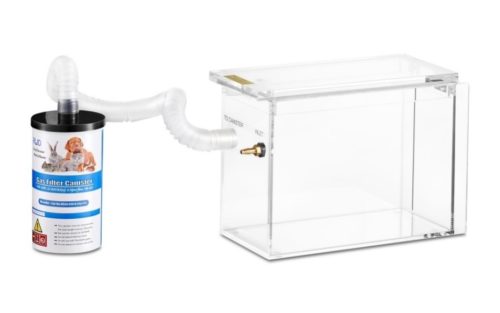Description
Ces pompes à air, fiables et silencieuses, fournissent un débit d’air régulier pour alimenter un poste d’anesthésie gazeuse. Modèle de faible encombrement. Elles peuvent se placer sous ou sur la paillasse et fournir un débit d’air important et stable jusqu’à 15 l/min. De plus, le bruit mécanique généré par la pompe reste très faible et largement supportable tout au long de vos procédures d’anesthésie. Ce modèle peut être utilisé déportée de quelques mètres et de manière continue pendant une longue période.
Pompes livrées avec un tube de silicone de Diam. interne -mm et de longueur 1 mètre ( plus sur demande).
Publications
Isoflurane inhalation anesthesia should be a new requirement in intracavernosal pressure detection—the gold standard of erectile function assessment
Jinhong Li et al. Scientific Reportsvolume 7, Article number: 14949 (2017)
Intracavernosal pressure (ICP) is gold standard for the detection of erectile function in animals, but no consensus has yet been achieved on what kind of anesthetic protocol should be applied. A total of 16 adult male Sprague-Dawley rats were randomized into two groups. In group A, chloral hydrate was injected intraperitoneally. Rats in group B were induced in 5% isoflurane for 3 min and then maintained in 1.0–1.5% isoflurane. Mean arterial pressure (MAP), respiratory rate (RR) and heart rate were monitored during all experiments. After ICP detection, tail vein and carotid artery blood were collected. The maximum ICP value, MAP and ICP/MAP ratio in group B was significantly higher than in that of group A. The RR in group A was lower than in that of group B, but the heart rate in group A was higher than in group B. There were no significant differences in both pO2 and pCO2 between groups. While the data showed that animals in group A were relatively hypoxemic. Isoflurane inhalation anesthesia in detection of erectile function could offer a relatively more stable physical state than in that under the effect of chloral hydrate intraperitoneal anesthesia. Isoflurane inhalation anesthesia is more suitable for ICP test.


